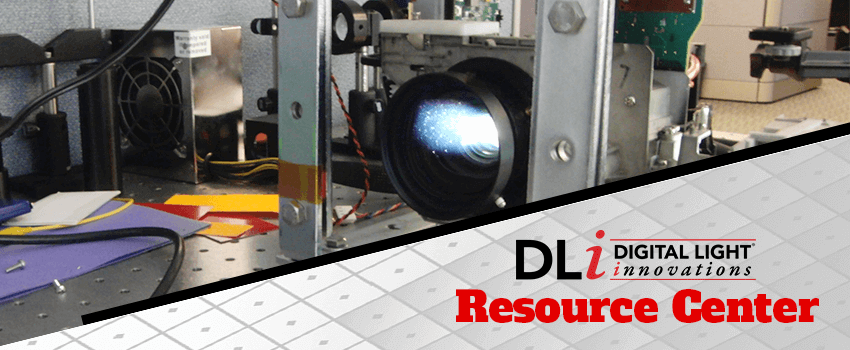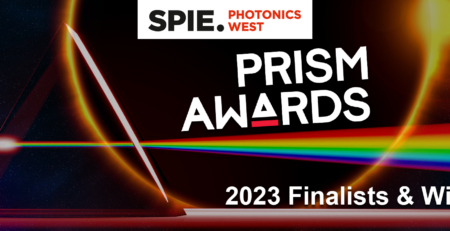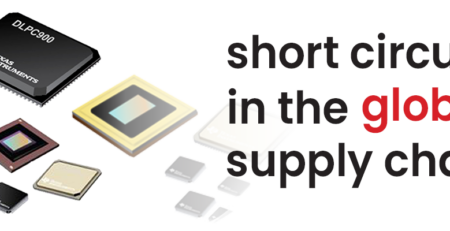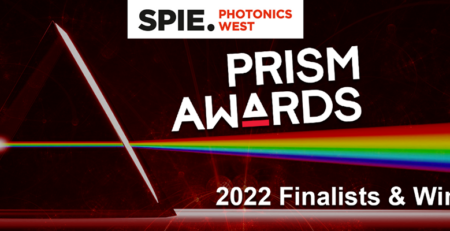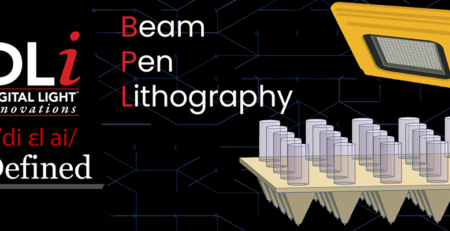DLP Technology Used by USDA’s New Automated Inspection Method to Identify Defective Food
admin2023-10-27T11:44:52+00:00“The CEL5500 projector enabled us to more effectively detect tissue features at different depths.”
Like many other common horticultural goods, apples are subject to external factors that can lead to a considerable economic loss for their industry. One of the most common defects to make an impact on the apple industry is bruising, induced by impact, compression, vibration or abrasion and occurring anywhere from harvest to sorting. Identifying bruised apples has traditionally been accomplished by visual inspection, but fresh bruises remain difficult to detect due to the absence of visual symptoms or significant chemical alterations of fruit tissues that would eventually appear over time. Recent research conducted by the U.S. Department of Agriculture Agricultural Research Service (USDA/ARS) in conjunction with Michigan State University shows a new structured-illumination reflectance imaging (SIRI) technique for enhanced detection of these fresh bruises by leveraging a modular DLP light engine from DLi.
Reflectance imaging is a photographic process used to capture different views of a surface under varying lighting conditions. Using a CEL5500 light engine from DLi, the research team generated sinusoidally-modulated illumination at four different spatial frequencies before capturing the reflectance images from their specimen apples with a digital camera, immediately after they had been subjected to two levels of bruising by impact tests. The bruises were identified on the images with varying image contrasts, depending on spatial frequency, then visibility was further enhanced through post-processing of the images. Both a three-phase demodulation (TPD) scheme and three spiral phase transform (SPT)-based demodulation methods were used to greatly enhance the contract and spatial resolution of the images, allowing the team to detect fresh bruises that would otherwise be undetectable.
“The CEL5500 projector enabled us to more effectively detect tissue features at different depths,” says Dr. Renfu Lu, Research Leader at the USDA. “Thus, we were able to achieve our goal of ascertaining bruised tissues that otherwise could not be detected using conventional uniform, diffuse illumination.”
The USDA is the principal federal government research agency in food, agriculture and natural resources. This research is part of an ongoing project within the agency – learn more about these ongoing efforts at on the USDA project page.
According to the researchers, the SIRI technique demonstrated the capability of detecting fresh bruises in apples, and has potential as a new imaging modality for enhancing food quality and safety detection. “Our ultimate goal,” Lu says, “is to develop a SIRI-based technology as a new imaging modality for real-time quality grading and sorting of horticultural and food products.” Click the Read More button below for the entire paper from the USDA and Michigan State, entitled “Detection of Fresh Bruises in Apples by Structured Illumination Reflectance Imaging”.
